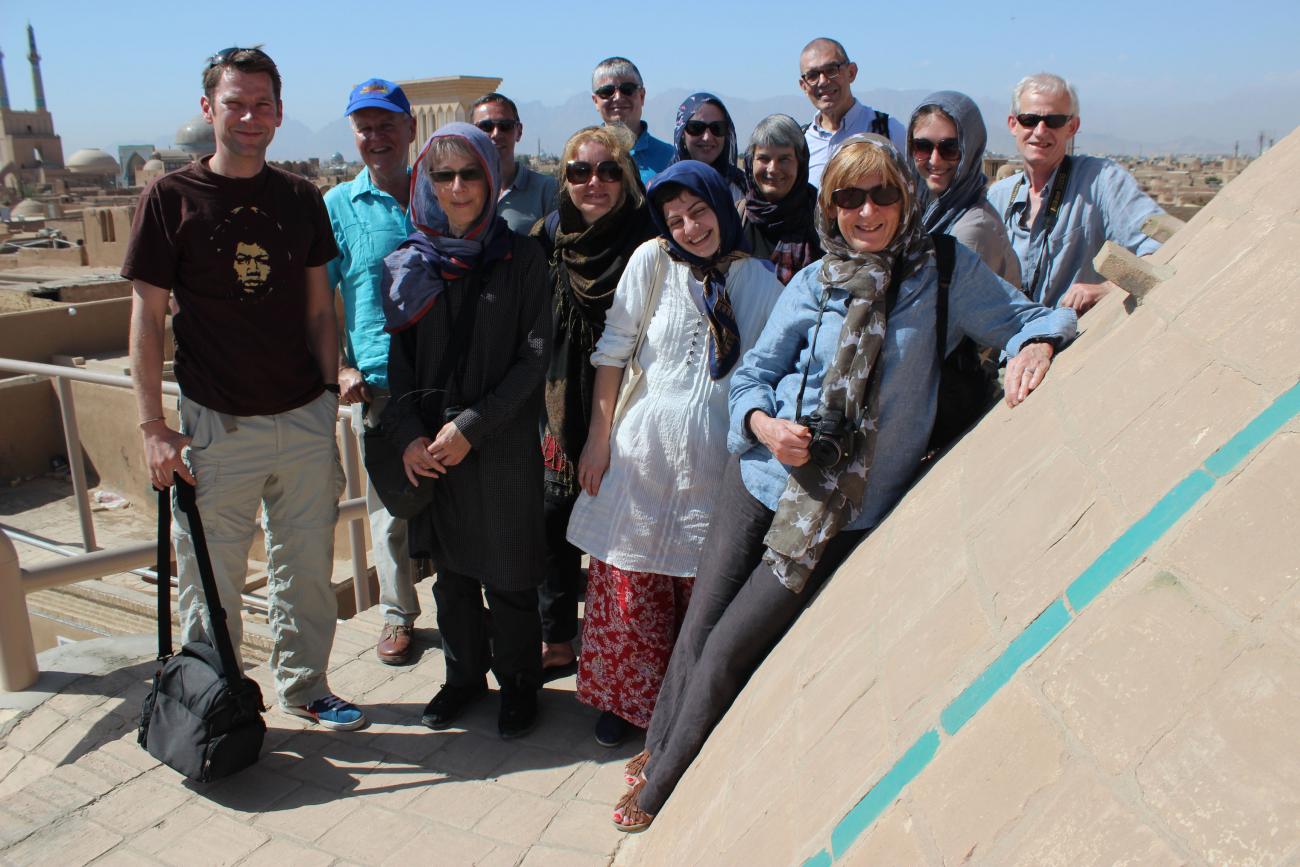Iranians were already rejoicing in the streets after the recent nuclear announcement signalled the end of a decade of sanctions and this has now been coupled with the FCO's announcement on Saturday that they are no longer advising against non-essential travel to most parts of the country. WF Marketing Manager Michael Pullman, who recently visited Iran, looks at what this means for the visitor and why now is the best time to book a trip to Iran.
Why visit now?
The lifting of the advice against travel is one of the last pieces in the jigsaw to fully open up the country to the British traveller. Although the last two years have seen us sending an ever increasing number of people to Iran, the lifting of the travel advice will mean it is cheaper and easier to acquire insurance, ultimately a simpler visa application process and above all will put many travellers' minds at ease.
We have been offering tours to Iran for over a decade and have seen a huge surge in demand to visit Iran in recent years, fuelled by the country’s election of the moderate President Hassan Rouhani in 2013, the recent nuclear talks and the country developing more friendly relations with Europe and America. The latest diplomatic developments are only set to increase demand further, meaning that availability in hotels will become more scarce, prices are likely to rise and the sights will become more crowded. Booking a trip now will mean you can beat the crowds and guarantee the opportunity to visit this incredible country and experience its welcoming hospitality before everyone else.

What will the agreement to lift sanctions mean?
This is great news for everyday Iranians – the sanctions were really hurting the country so there will be much optimism on the streets. For the traveller, you will be able to use ATMs and credit cards as the banking restrictions are lifted. Previously the only place you could use a credit card in Iran was in one of Isfahan's carpet shops as they somehow found a way to circumnavigate the sanctions! Services will also improve, as the slightly creaking infrastructure modernises after almost ten years of economic isolation.
Is Iran safe?
All of our clients who recently returned from Iran have commented on how safe they felt. I felt incredibly safe walking the streets of Iran. The country is 90% Shia so there is no question of any Shia/Sunni conflict, and the Iranian people are law-abiding and welcoming.
How strict is the dress code in Iran?
For women, a headscarf must be worn, although outside some of the more traditional areas, some hair can be shown. Your arms and legs should be covered at all times, although it is now acceptable in less conservative places to show bare ankles and forearms. You should wear clothing that hides the shape of your body. Ideally this will be a plain, dark coloured lightweight coat (which can be purchased in Iran), however a long shirt can also be used if it reaches at least to mid-thigh. For men you should also dress conservatively - shorts are not acceptable dress.
Having said all of that, you will likely see teenage girls with headscarves as far back on their heads as to almost not be visible, and if invited to an Iranian’s home they are likely to wear jeans and Western clothing.

What are the highlights?

The stunning Islamic architecture in the mosques, madrasahs and palaces of its cities are the biggest draw. The blue-tiled domes of Isfahan for example, are exquisite. In addition, I was fascinated by the country’s rich history. At one point, the Persian Empire was the largest empire the world had ever seen, stretching from the Indus River across to the Eastern Mediterranean coast, south into Egypt and Sudan and including Armenia and Macedonia. This history is memorably brought to life in the ancient temple complex of Persepolis and I also enjoyed seeing Cyrus the Great’s tomb at Pasagadae. Iran’s culture is fascinating too – it’s a very young population and they are very outgoing – you will be engaged in conversations wherever you go by a people really interested in how life is in the West. Our tours allow lots of time for interaction with locals, both in the cities and in rural Iran.
